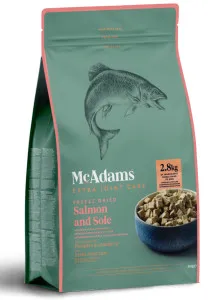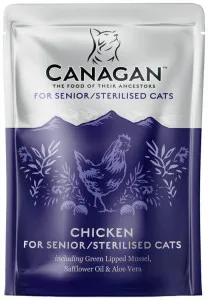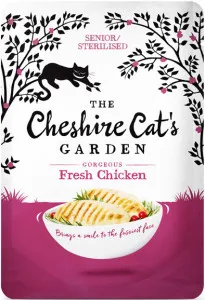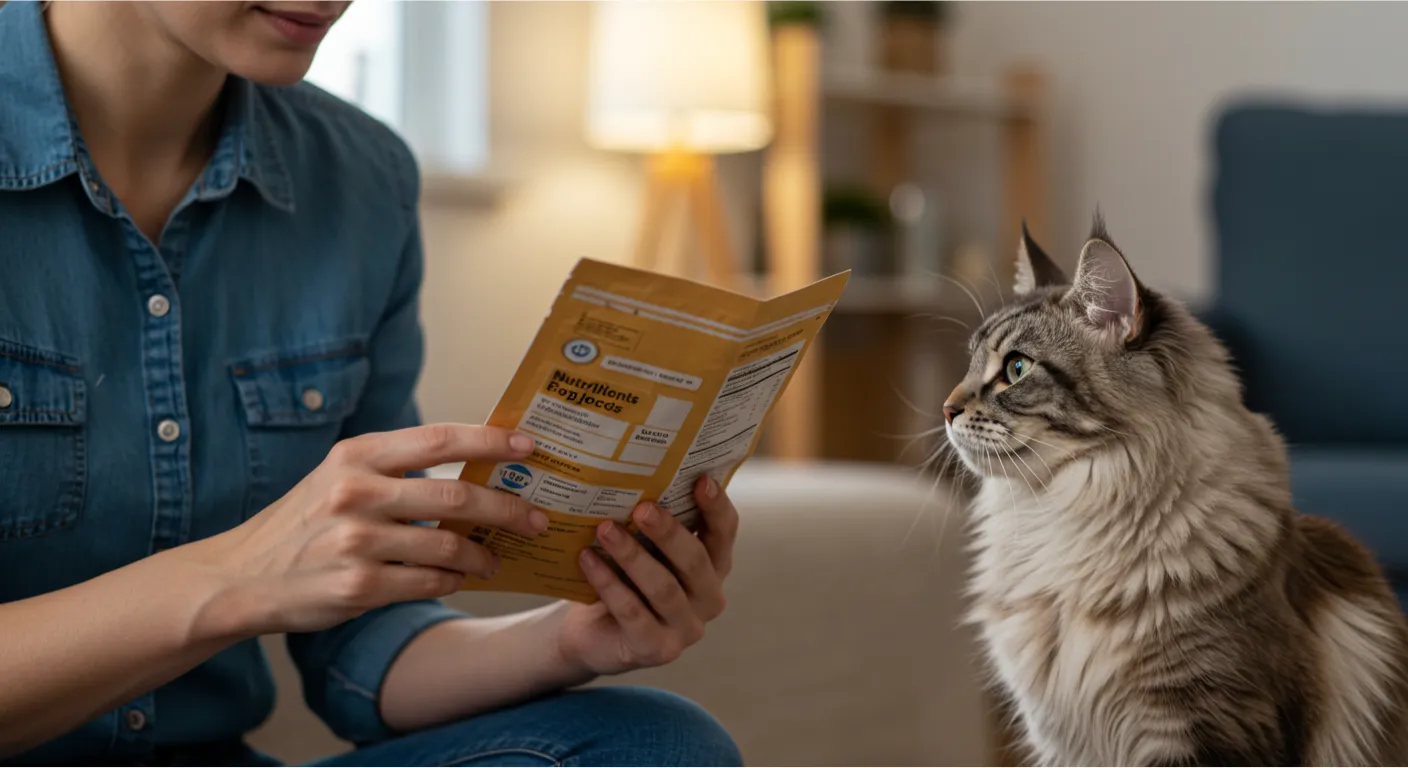How Can Cat Owners Verify the Quality of Commercial Cat Food?
As a cat owner, ensuring your feline friend gets the best nutrition is a top priority. With so many commercial cat food options available, it can be overwhelming to determine which products are truly high-quality. The good news is that by understanding what to look for and how to evaluate cat food, you can make informed decisions that support your cat’s health and well-being. In this guide, we’ll walk you through the steps to verify the quality of commercial cat food and provide tips for choosing the best options for your furry companion.
1. Understand the Importance of Quality Cat Food
High-quality cat food is essential for maintaining your cat’s overall health. Cats are obligate carnivores, which means they require a diet rich in animal-based proteins and fats to thrive. Poor-quality food can lead to nutritional deficiencies, obesity, and even chronic health issues. By choosing the right food, you can help your cat live a longer, healthier, and happier life.
When evaluating cat food, it’s important to consider the ingredients, nutritional content, and manufacturing standards. Let’s dive into each of these factors in detail.
2. Check the Ingredient List
The ingredient list is one of the most important aspects of any cat food product. Here’s what to look for:
- High-Quality Protein Sources: The first ingredient should always be a named animal protein, such as chicken, turkey, or salmon. Avoid vague terms like “meat by-products” or “animal meal,” as these can indicate lower-quality ingredients.
- Limited Fillers: Fillers like corn, wheat, and soy provide little nutritional value and can be difficult for cats to digest. Look for foods with minimal or no fillers.
- Healthy Fats: Fats from animal sources, such as chicken fat or fish oil, are essential for your cat’s skin, coat, and overall health.
- Natural Preservatives: Avoid foods with artificial preservatives like BHA, BHT, and ethoxyquin. Instead, opt for natural preservatives like mixed tocopherols (vitamin E) and rosemary extract.
- Protein Content: Cats require a high-protein diet, so look for foods with at least 30-40% protein on a dry matter basis.
- Fat Content: Healthy fats should make up around 15-20% of the food. These provide energy and support vital bodily functions.
- Carbohydrates: Cats don’t need many carbs, so choose foods with low carbohydrate content (less than 10%).
- Vitamins and Minerals: Ensure the food includes essential nutrients like taurine, omega-3 fatty acids, and vitamin A, which are critical for your cat’s health.
- Check for Recalls: Research whether the brand has had any recalls due to contamination or other safety concerns. A history of recalls may indicate inconsistent quality control.
- Read Reviews: Look for reviews from other cat owners and veterinarians. Positive feedback from trusted sources can give you confidence in the brand.
- Transparency: Reputable brands are transparent about their sourcing, manufacturing processes, and ingredient quality. Visit the brand’s website to learn more about their practices.
- Complete and Balanced: The label should state that the food is “complete and balanced” for your cat’s life stage (kitten, adult, or senior).
- Feeding Trials: Some brands conduct feeding trials to demonstrate the food’s nutritional adequacy. This is a strong indicator of quality.
- Life Stage: Kittens, adult cats, and seniors have different nutritional requirements. Choose a food formulated for your cat’s life stage.
- Health Conditions: If your cat has a medical condition, such as kidney disease or allergies, consult your veterinarian for specialized dietary recommendations.
- Weight Management: Overweight cats may benefit from a weight-control formula, while underweight cats may need a calorie-dense food.
- Artificial Colors and Flavors: These additives offer no nutritional value and may be harmful to your cat’s health.
- Excessive Carbohydrates: Cats are not designed to digest large amounts of carbs, which can lead to obesity and diabetes.
- Unclear Ingredient Sources: Avoid foods with vague or unspecified ingredients, as these may be low-quality or inconsistent.
- Introduce Gradually: Transition your cat to the new food slowly by mixing it with their current food over 7-10 days.
- Monitor Appetite: Observe whether your cat enjoys the food and eats it consistently.
- Check for Digestive Issues: Watch for signs of digestive upset, such as vomiting, diarrhea, or constipation. If these occur, the food may not be suitable for your cat.
If you’re unsure about the quality of a product’s ingredients, consider using a tool like the Pet Food Analyzer to get a detailed breakdown of what’s inside.
3. Evaluate the Nutritional Content
Beyond the ingredient list, the nutritional content of cat food is crucial. Here’s what to focus on:
Reading the guaranteed analysis on the packaging can help you assess the nutritional content. If you need assistance, the Pet Food Analyzer can simplify this process by providing a clear overview of the food’s nutritional profile.
4. Research the Brand’s Reputation
Not all cat food brands are created equal. Some have a long history of producing high-quality products, while others may cut corners to reduce costs. Here’s how to evaluate a brand’s reputation:
If you’re unsure where to start, the Pet Food Analyzer can help you compare brands and find ones with a strong reputation for quality.
5. Look for AAFCO Certification
The Association of American Feed Control Officials (AAFCO) sets nutritional standards for pet food. AAFCO certification ensures that a product meets the minimum nutritional requirements for cats. Here’s what to look for:
Recommended Products

McAdams Freeze Dried Salmon & Sole is an excellent choice for how can cat owners verify the quality of commercial cat food?. This cat food contains Sustainably Sourced Salmon 60% and other high-quality ingredients that promote overall health.

Canagan Senior/Sterilised is an excellent choice for how can cat owners verify the quality of commercial cat food?. This cat food contains Fresh Chicken 80% and other high-quality ingredients that promote overall health.

The Cheshire Cat's Garden Senior Sterilised is an excellent choice for how can cat owners verify the quality of commercial cat food?. This cat food contains Fresh Chicken 80% and other high-quality ingredients that promote overall health.
While AAFCO certification is a good starting point, it’s not the only factor to consider. Use it in conjunction with other evaluation methods to ensure you’re choosing the best food for your cat.
6. Consider Your Cat’s Specific Needs
Every cat is unique, and their dietary needs may vary based on factors like age, weight, activity level, and health conditions. Here’s how to tailor your choice to your cat’s needs:
By considering your cat’s individual needs, you can select a food that supports their specific health goals.
7. Avoid Common Red Flags
When evaluating cat food, watch out for these red flags that may indicate poor quality:
If you encounter any of these red flags, it’s best to steer clear and explore other options.
8. Test the Food’s Palatability and Digestibility
Even the highest-quality cat food won’t benefit your cat if they refuse to eat it or can’t digest it properly. Here’s how to test the food:
If you’re unsure which food to try, the Pet Food Analyzer can recommend options that are both nutritious and palatable for your cat.
9. Consult Your Veterinarian
Your veterinarian is an invaluable resource when it comes to choosing the right cat food. They can provide personalized recommendations based on your cat’s health history and nutritional needs. Don’t hesitate to ask for their input, especially if your cat has specific dietary requirements.
10. Use Tools Like the Pet Food Analyzer
Evaluating cat food can be time-consuming and confusing, but tools like the Pet Food Analyzer can simplify the process. This tool allows you to compare products, analyze ingredients, and assess nutritional content, making it easier to choose the best food for your cat.
By following these steps and using the right resources, you can confidently verify the quality of commercial cat food and ensure your feline friend
